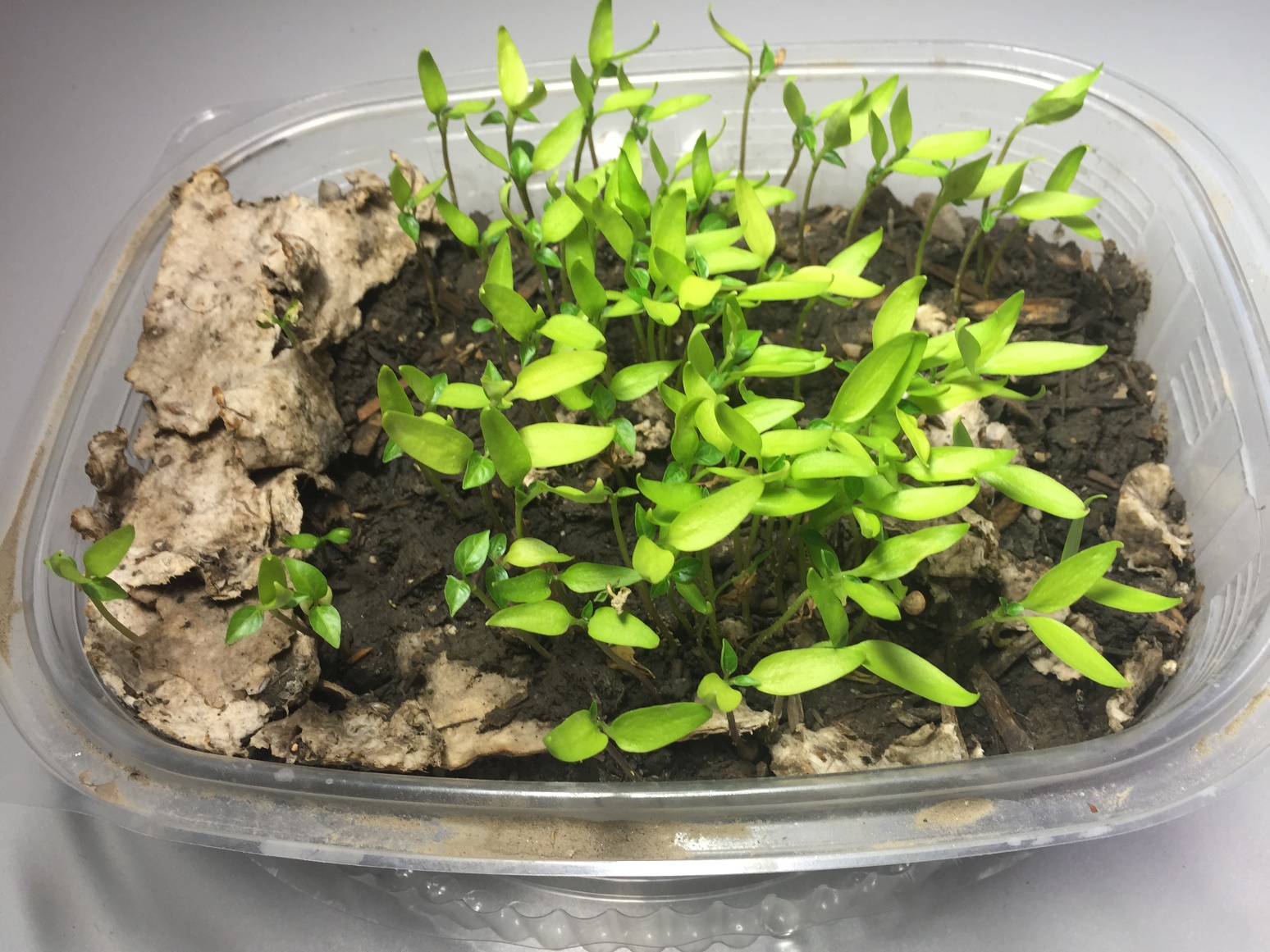
- Sustainable Planet -
- 3mins -
- 1,804 views
Papelyco plantable plates: Transform your dinner plate into a lovely plant
Plantable plates made from corn husk and seeds, based on a environmentally and socially responsible business model.
Papelyco turns plates into plants
Disposable plates are a nuisance for the environment. Columbian based company LifePack, has created Papelyco; a plate with numerous advantages. Papelyco is 100% plantable, compostable and biodegradable.
The Story in Brief
Papelyco by Lifepack was formed to offer an alternative, sustainable solution to using disposable plates made from non-biodegradable foams and plastics that wind up in landfills, streams and oceans after use; these products are harmful to wildlife and the environment as they may never bio-degrade.
They say they offer an alternative that converts users of paper products into responsible consumers. Hailing from Colombia and brought to St. Louis via Arch Grants by co-founders Claudia Isabel Barona (CMO) and Andres Benavides (CEO), Lifepack sells “packaging that generates life”.
Their sustainable, disposable, biodegradable paper products are made from pineapple crowns and corn husks—agricultural waste by-products—that reduce both the pollution from polymer plate use and greenhouse emissions.
But their product is not just recyclable: Since the product is embedded with seeds, consumers can actually plant the packaging after use. This means a plate will find a second life as a plant or flower, providing the planet with more oxygen and, ultimately, more life. Or, if you wish not to plant it, you can simply discard it with your regular garbage where it will bio-degrade in the landfill in a matter of weeks.
The company has been recognised by the UN for their gender equality
The sturdy plates are made from sustainable agricultural waste. After use, the plate can be planted and sprouts flowers, herbs or other types of plants. Simply remove the biofilm layer on top, and place the plate in the ground. If you decide not to plant the plate, it will still break down within 3 weeks.
Papelyco benefits more than just the environment… LifePack hires single mothers and at-risk women: people who need the work to improve their quality of life. The company has been recognised by the UN for their gender equality. Papelyco wants to transform the world of disposable plates, relieving nature of the non-degradable disposables. Share if you’d choose Papelyco over plastic! Help Papelyco grow by supporting their Indiegogo and sharing this story.

How to plant a dish:
Once you have finished with your plate, here’s what to do:
1. Avoid putting the germinable products in the microwave; this would kill seeds and no longer germinate.
2. Place a “matera” or “pot” with a first layer of earth (ground).
3. Remove the “film or biofilm” dish.
4. Then enter the plate on top of the layer of earth (ground).
5. Cover the dish with another very thin layer of soil; no more than 3 mm.
6. Water frequently but with little water so that the soil is moist.
7. Place the seed in a place with plenty of light and air.
8. Wait one to three weeks to get a plant.
RECOMMENDATIONS:
- Not all dishes germinate; remember, in them is a living being that depends on conditions of light, moisture, nutrients to germinate.
- The fact that the plate is germinable reduces levels of CO2 and O2 generation.
- You can build a garden in your home, some dishes have seeds and aromatic species (thyme, bay leaf, basil, mint, etc.).
- If you do not want to plant the plate, just throw it with other organic waste and it will biodegrade in 3-6 weeks ,and most likely will germinate in the landfill.
Source: Papelyco


